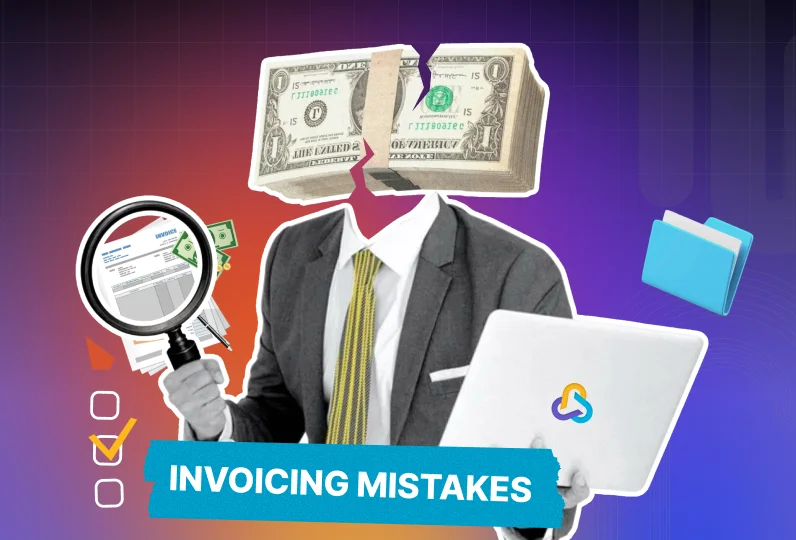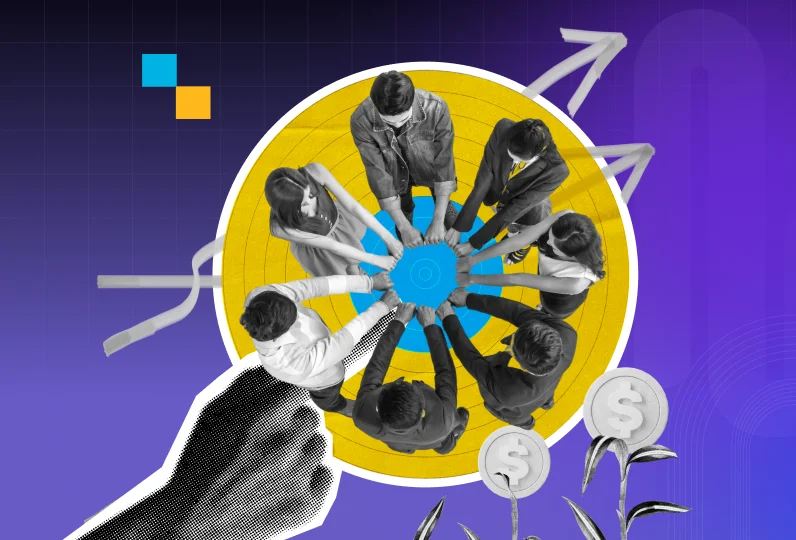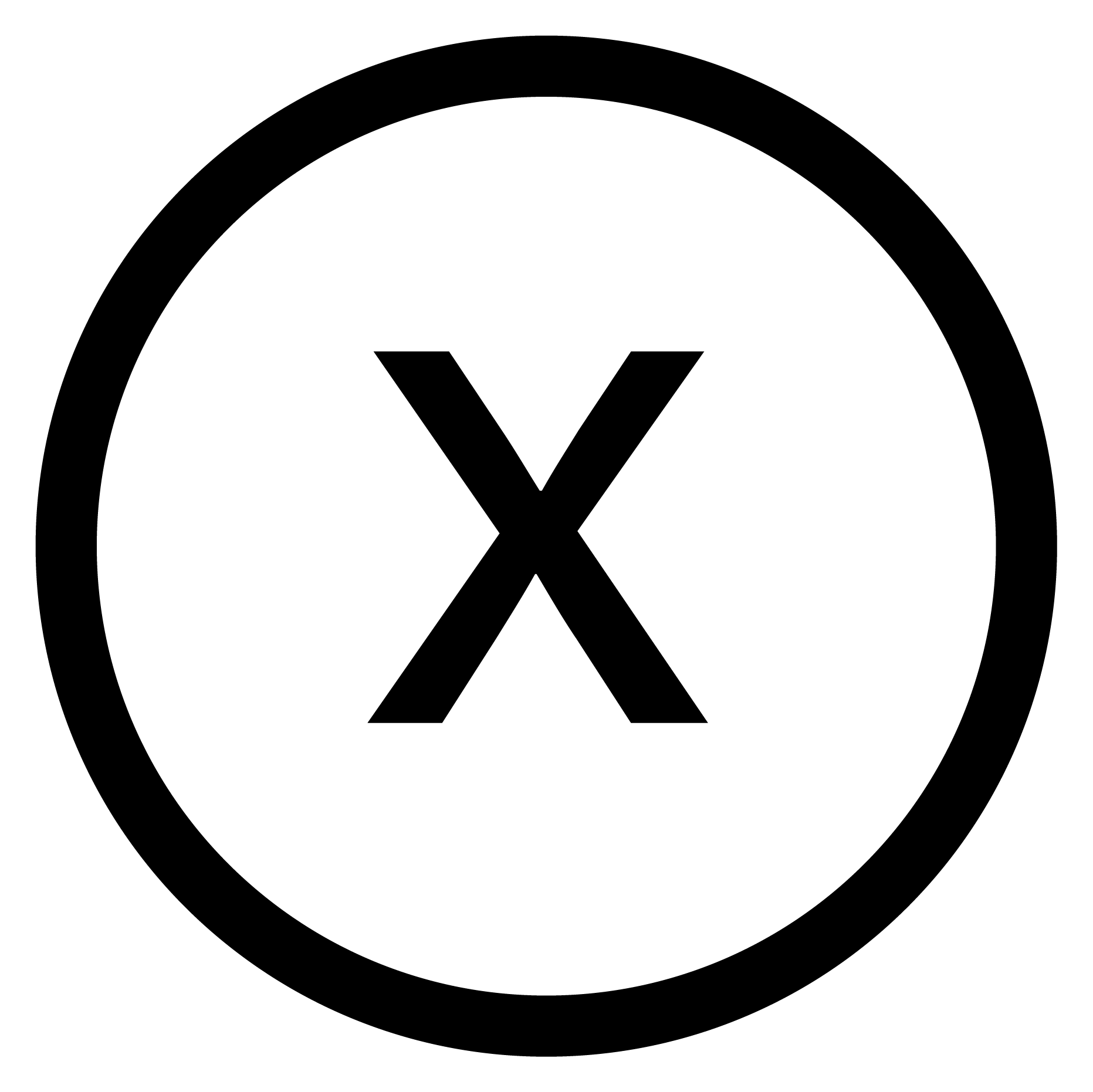CRM, Customer Relationship Management, works in the best possible ways to manage the company’s interactions with current and potential clients. They act as a powerful tool to expedite businesses, while eliminating friction, enhancing cross-team collaboration, syncing data, and more. If you are a growing business or an established enterprise and do not want to waste time on manual tasks, lose potential revenue, and lower your conversion rates, then CRM is your one-stop solution. In this write-up, we will walk you through the top features of custom relationship management and how it can help you with streamlined processes. Let’s dive in.
The global market size of customer relationship management was valued at USD 73.40 billion in 2024, and is projected to reach USD 163.16 billion by 2030, growing at a CAGR of 14.6% from 2025 to 2030.
This research by GrandViewResearch portrays one thing: that CRM is a powerful tool that can help you expedite business growth while centralizing business data, offering better customer service, enhancing business productivity, and efficiency. That is a lot, isn’t it? If you are curious about learning more about the benefits that the features of CRM offer, tag along with us in this guide, and we will explore the same. Without further delay, let’s get started.

Top 10 Features of CRM
1. Contact Management
Contact management is the core foundation of CRM success. It organizes and centralizes the customer interactions, ensuring consistent communication across the different teams.
A CRM equipped with contact management features ensures that customer data is stored and organized. This way, it helps everyone in the company to stay ahead and informed about the latest information about a customer or a specific lead.
From data importing and exporting, customer interaction tracking, note logging, task automation, software integration, data analysis, lead management, contact filtering, to prospecting support, it covers businesses with everything.
2. Lead Management
Lead management feature, as the word suggests, is a process of managing prospective customers, referred to as leads, from their initial interaction with your company to when they make their first purchase.
A successful lead management pays utmost attention to delivering value, addressing needs, and meeting expectations so that you can close the deal quickly while also ensuring customer satisfaction.
The feature of good lead management is crucial in a top sales CRM software because it ensures that you are giving each potential customer a personalized experience that addresses their unique needs. Research done by McKinsey & Company depicts that when people feel understood, the chances they will make a purchase increase by 40%.
3. Workflow Automation
It is the feature of workflow automation in CRM that enhances and streamlines how employees use CRM so that they can be more productive. It is the workflow automation that improves both customers’ and employees’ experience.
This feature works in the best possible ways to eliminate the bottlenecks, providing better insights into the right employees at the right time, in regard to what they are working on.
Workflow automation is often defined as taking on manual and tedious tasks and converting them into a large automated task. It makes it easier and faster for the employees to do work that is more impactful than something monotonous and repetitive.
4. Reports, Dashboards, and Analytics
Taking needful action on the customer data requires an in-depth understanding of the same. This is precisely where CRM reports and dashboards enter the picture.
This feature provides a clear insight into the crucial information and analytics, portraying what needs to be improved in customer relationships and thus helps in boosting sales. Tailoring the reports, dashboards, and analytics is another vital CRM feature.
Each employee or team can decide on the metrics that are important to them and tailor their dashboards and reports depending on their needs. The analytics provided by CRM provide great insights into customer preferences, changes in purchasing behavior, and potential issues.
5. Deal Comparison
The feature of deal comparison in CRM provides the capability to evaluate and analyze deals. It is often analyzed through the medium of the sales pipeline. From tracking progress, forecasting revenue, to identifying the bottlenecks, it covers everything.
Furthermore, it works in the best possible way to provide a visual sales pipeline that displays deals in different stages, thus allowing you to see the status of each and every opportunity at a glance. At its core, it helps in tracking all the associated data for a deal.
By using deal comparison, you have access to compare progress against goals, across deals, across teams, and ultimately against your competitors. It’ll help you better understand your competitive landscape and adjust your strategy accordingly.
6. Sales Pipeline Management
The sales pipeline management feature in CRM helps in crafting a sales plan by prioritizing opportunities and predicting future business. It helps you closely analyze the sales progress of each customer.
A typical sales pipeline management feature looks like: prospecting, lead qualification, sales call, proposal, negotiation, and contract signing. While most of the CRMs can track these stages, the foremost key to success lies in actively optimizing the process with the top sales CRM software.
You can go beyond basic tracking and significantly enhance your pipeline management by adopting a lead scoring system, conducting regular pipeline reviews, and tightening your lead quality to make smarter, data-driven decisions.
7. Goal Tracking
Goal tracking in CRM goes beyond basic tracking. From goal configuration that defines and assigns measurable goals, multi-metric targets that assign monthly targets to the employees, to progress monitoring that analyzes the live progress of all the goals across the organization, goal tracking covers everything.
From setting sales goals, tracking progress, visualizing performance, and analyzing trends, goal tracking helps in empowering your sales team. If you are looking for the best customer relationship management software features, then goal tracking has to be the one.
It can help you with real-time goal visibility, configurable sales matrix, multi-level performance tracking, smart surplus and shortfall insights, trend analysis for smarter forecasting, competitive team leaderboards, and multi-business unit support.
8. Invoice Management
The feature of invoice management works in the best possible way to avoid invoicing mistakes. With the help of automation rules, triggers, and business processes, you can easily automate tasks like moving invoices between stages and generating and sending documents to customers.
From invoice generation, customization, centralized customer information, payment tracking and processing, to automation, reporting, and analytics, the feature of invoice management streamlines financial operations.
With the help of seamless integrations, digital signatures, compliance and security, and mobile access, you can easily allow your team to access bills anytime, anywhere.
9. Task Management
Task management is all about planning and organizing everything so that your specific task or project finishes on time. A solid task management feature in place lays out several short-term and long-term goals for your team.
From customization, scalability, automation, ease of use, collaborative features, document management abilities, notification capabilities, and integration, task management acts as a great CRM project management solution.
Furthermore, by providing comprehensive insights into client interactions and project status, task management in CRM helps in delivering more tailored services and managing projects more effectively, ultimately resulting in enhancing customer satisfaction.
10. Lead Funnel and Status Tracking
Leads are crucial for any business model. Yet again, not all leads are crafted equally, and not all leads require the same amount of effort from your sales team. The feature of lead funnel and status tracking in CRM helps in analyzing and understanding which leads are worth pursuing and nurturing.
With a great CRM in place, you can easily distinguish between your hot and cold leads. It will help you to prioritize leads that have a higher chance of converting. The goal is to systematically separate high-potential leads from the low ones and give a visual grading for better understanding.
From status tracking, profile and demographic data, behavioral and engagement tracking, predictive lead scoring, automatic lead prioritization, visual grading and customization tools, the feature of lead funnel and status tracking helps you to pay attention to the leads that have high chances of converting.

How to Pick the Right CRM Features for Your Needs?
There are several factors that contribute to your CRM feature choice. If you are someone struggling to figure out the features of CRM, these tips will help you analyze what to pick.
Tip 1: Analyze Your Business Goals
The first and foremost thing before considering the features of customer relationship management is identifying your business goals and needs. If you are wondering what that means, well, it means that you need to figure out what your intent is for integrating a specific CRM feature.
It is important to choose what to integrate, because the characteristics of CRM have different roles and serve different purposes. That said, you must know what it is that you want to integrate into your platform.
Tip 2: Determine Your Budget
Once you have decided and laid out your specific requirements for the CRM’s features. The next step involves determining your budget. Setting a budget rules out anything and everything that costs more than the budget you have decided on.
Analyzing your budget plays a crucial role because it forces a business to prioritize and focus on adding essential features and controlling costs.
Tip 3: Look into 360-Degree Insight for Organization, Not Just Sales Tracking
Ensure that your CRM is a lot more than just a tool for the sales team. To get the most value, choose a system that provides visibility across your entire organization’s system. With a stop sales CRM software, you can easily connect sales, marketing, and support, ensuring every team member has the context to craft an exceptional customer experience.
This unified approach will streamline everything from lead handoff to issue resolution, thus boosting productivity and aligning your entire organization around the customer.
Conclusion
To ensure the continuous success of your business, maximizing your resources plays a vital role. When it comes down to CRM systems, there is a wide variety available in the market. Choosing the right CRM software and adding the right features of customer relationship management play a crucial role in your company’s success, as they can boost growth, increase conversions, and bring in more sales.
Whether you are a startup or an established enterprise, integrating features of CRM features is a worthy investment. As #1 CRM, we simplify operations and foster seamless collaboration for service-based IT firms, helping businesses in the best possible ways to manage projects, teams, and clients more efficiently.
CollabCRM empowers mid-sized IT companies with unified operating systems that analyze revenue leaks, save time, reduce costs, and drive team alignment. Contact us now and get started.
FAQs
The key features of the customer relationship management system include: contact management, lead management, workflow automation, reports, dashboards, analytics, mobile CRM, sales pipeline management, goal tracking, invoice management, task management, and lead scoring.
The core benefits of CRM include: enhanced customer satisfaction and retention with the help of tailored communication and better service, improved sales efficiency with better lead management, and insights, and improved team collaboration.
The 4 pillars of CRM include:
– People
– Strategy
– Process
– Technology
It is the core of these pillars that ensures a successful customer relationship management system.
One of the major components of CRM is marketing automation. It goes without saying that by integrating this feature of CRM, as a business, you can easily automate your marketing tasks across your business or organization.
The major types of CRM are:
– Operational CRM
– Analytical CRM
– Collaborative CRM





